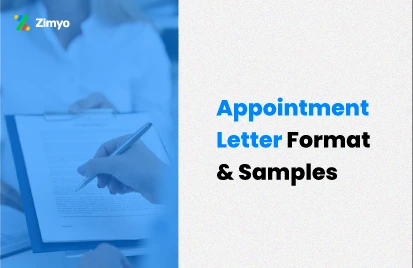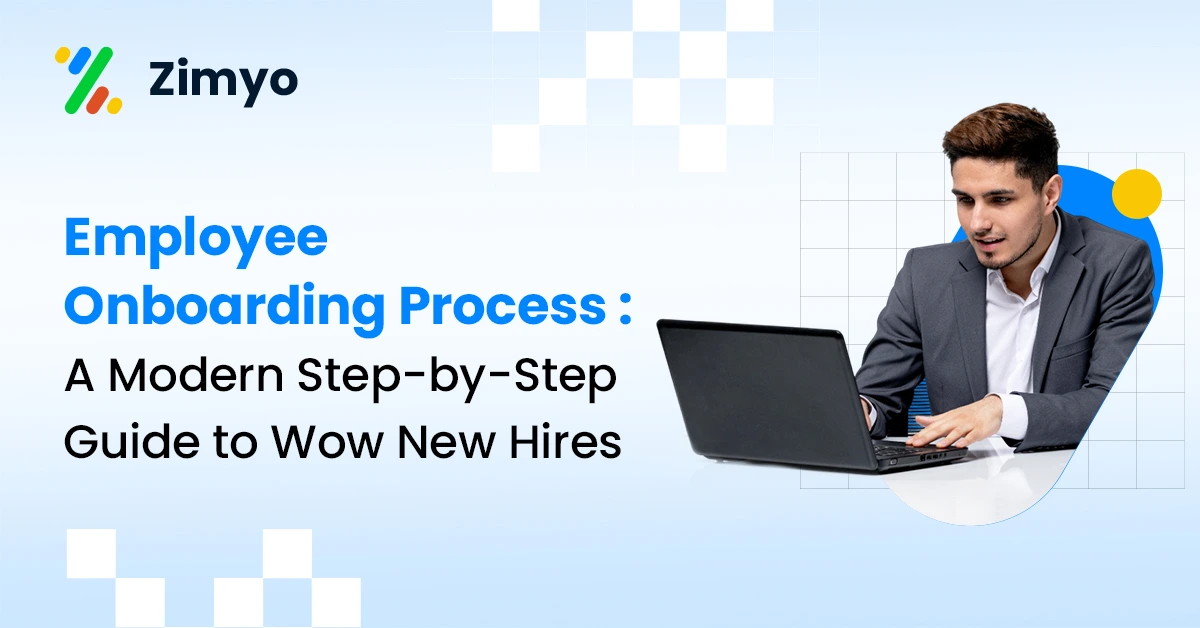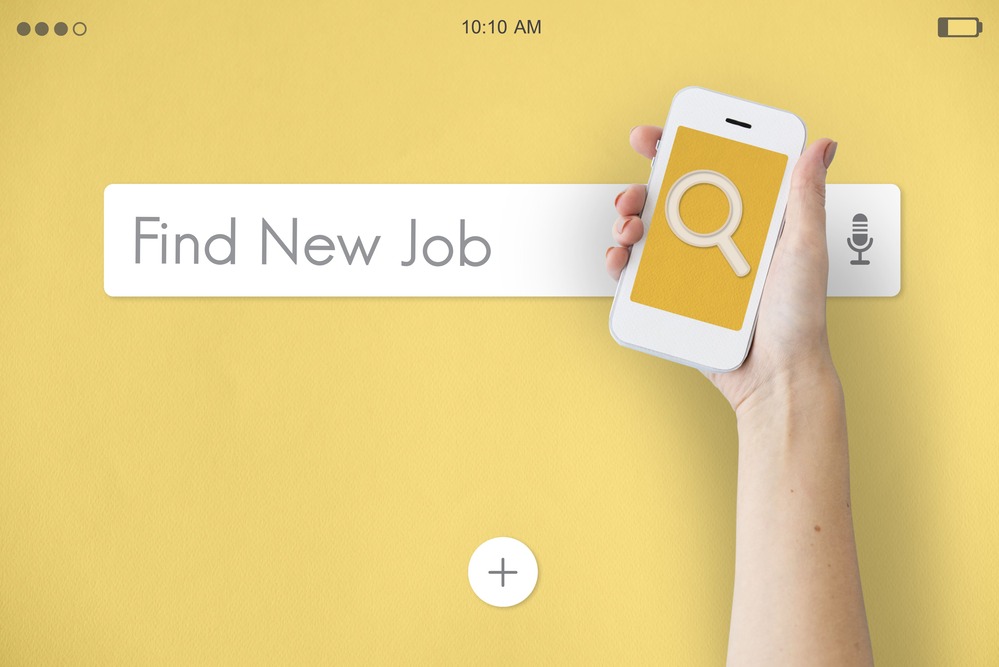One of the biggest challenges HR managers have to face every day is onboarding. Though the demand for talent is insatiable still talent pools keep on decreasing steadily. Succeeding in the identifying, interviewing, and recruiting isn’t the only challenge, after hiring the right talent, ensuring that your candidate does not leave for a greener landscape is even more challenging task.
Afterall there have been endless hours and effort devoted by the HR department. There is one another possibility, what if a candidate gets selected, accepts the offer but does not show up after that. Can an employee onboarding system prevent these mishappenings?
Employee onboarding
Employee onboarding is making a new employee part of your company by integrating with culture, people, and tools required to make it more productive. Onboarding new hires in an organization is a strategic process that sometimes lasts for a couple of months because how management and leadership handle the employees in the early days is one of the key factors that majorly affects employee retention.
Getting started with onboarding
Finding the right talent for your company is only part of building a great team. The onboarding process is also very important to ensure better employee experience and ultimately productivity. As they say, proper onboarding is key to retention.
Why employee onboarding is a necessity?
Employee onboarding introduces the employee to the organization, just after the day’s long selection and interview process.
- The preparation and planning for employee onboarding should be started even before a candidate gets selected. Employee onboarding is a time-taking and strategic process where management and leadership participates to ensure a better experience of employees. If the employee’s experience fails to his pre-set expectations then it will make him regret his decision.
- The bad impression during onboarding will create a bad perception of your organization & can lead to quitting them early. This not only results in loss of time, money, and effort but will also cost your employer brand reputation.
- A strategically planned onboarding process is necessary to make new hires are comfortable and get clarity on job responsibilities and expectations. This also helps employees in forging good relationships with teammates and other office staff.
- A good onboarding can be memorable for employees and will make them feel welcome and familiar with other employees.
So implementing HRMS software to automate the onboarding process will not only streamline the HR workload but will also impress employees.
Advantages of using software for automating onboarding
- Saves a lot of time by giving a clear outline template.
- Reduces the chaos by a lot of paper files.
- Shortens the cycle length of the onboarding process and improves employee experience.
- Minimizes the chances of human error.
- Lessens the work of the HR department.
- Keeps employees connected and engaged.
- Creates a memorable onboarding experience for employees.
Also Read: Exciting News: Zimyo Earns 7 Honors In The G2 Summer Report For 2021!







